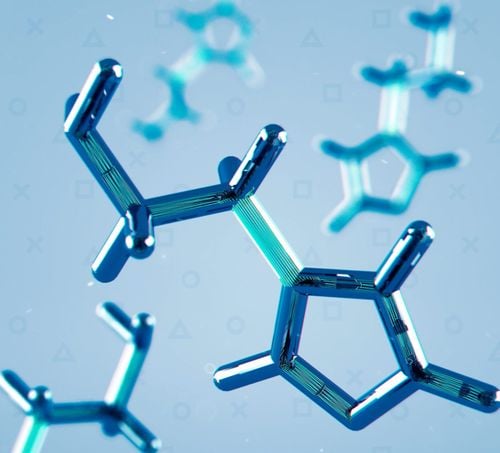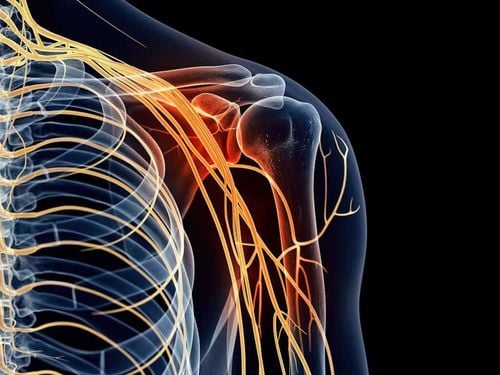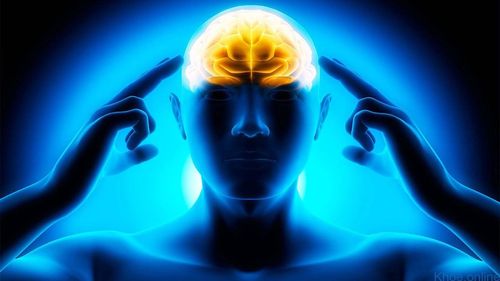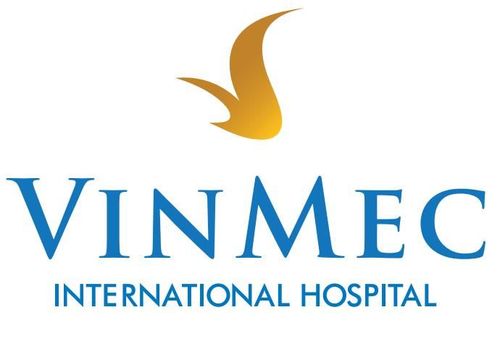This is an automatically translated article.
The peroneal nerve is an important nerve that controls movement and sensation in the lower extremities. Damage to the peroneal nerve can be caused by many different causes and conditions. Treatment of the peroneal nerve requires a combination of different approaches, including the use of medication to treat symptoms, rehabilitation exercises to restore muscle strength and range of motion, and treatment to address the underlying cause.
1. Overview of peroneal nerve damage
The peroneal nerve is a branch of the femoral nerve that supplies movement and sensation to the lower legs and feet. The femoral nerve descends to the superior border of the popliteal fossa and divides into two major branches, including the peroneal and tibial nerves. The peroneal nerve, from its annular division around the superior head of the fibula, to the anterolateral aspect of the lower leg divides into two large branches, including the superficial peroneal nerve and the deep peroneal nerve. The peroneal nerve is responsible for controlling movement of the extensor muscle group of the foot and providing sensation to the outer skin of the lower leg, instep, ankle, and heel.
Many different causes can damage the peroneal nerve such as inflammation, compression or rupture of the peroneal nerve due to trauma. At that time, the motor and sensory areas of the peroneal nerve are no longer guaranteed to function. People with peroneal nerve damage have a characteristic gait named "dropped feet" due to paralysis of the extensor and lateral flexor muscles of the ankle, the feet are in incomplete flexion towards the liver, accompanied by loss of sensation. feel on the outside of the lower leg, instep and ankle, and heel.
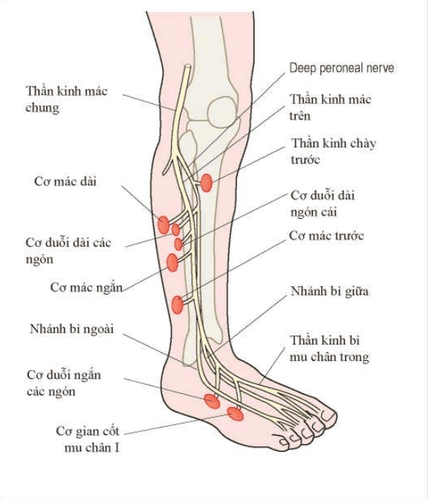
Vị trí dây thần kinh mác
2. Causes of damage to the peroneal nerve
Damage to the peroneal nerve is caused by many different systemic diseases and causes. Some may be listed below as:
Spinal cord injury , commonly found in both high and low spinal segments amyotrophic lateral sclerosis Multiple sclerosis Traumatic fracture of the leg or knee joint causing compression of the peroneal nerve at one location Sharp object or gaseous wound causing direct trauma to the peroneal nerve Complications of intervention or surgery such as hip replacement, shin splints or surgical procedures surgery at the knee joint.
3. Signs of damage to the peroneal nerve
A patient with a peroneal nerve injury will have clinical manifestations of motor and sensory disturbances in the innervation area, combined with symptoms that suggest the cause of the peroneal nerve injury. . Recognizing a case of damage to the peroneal nerve can be based on the following signs:
Observe the injured side's foot in a drooping position, called drooping foot. This symptom occurs because the muscle group that controls the flexion of the foot toward the dorsal side is paralyzed, the foot is always in a state of incomplete flexion towards the liver. Therefore, patients with peroneal nerve damage often have difficulty walking, the feet are lifted higher than the ground to avoid collisions, called the step gait or dragging the feet on the floor called the sweeping gait. . Inability to extend toes The foot on the affected side of the peroneal nerve cannot rotate outwards Disturbance or loss of sensation on the outside of the lower leg, instep, and ankle. Pain occurs on the outside of the lower leg and on the dorsal side of the foot. Pain may originate in the lumbar region if the cause of the peroneal nerve injury involves the L5 nerve root. Signs of nutritional disorders: dry skin, muscle atrophy on the anterior front of the lower leg. Some signs suggest the cause such as: deformity of the leg if there is a fracture of the fibula head, local manifestation when there is suspicion of injury in the knee joint, an open wound with or without a foreign body or gas, etc. ..
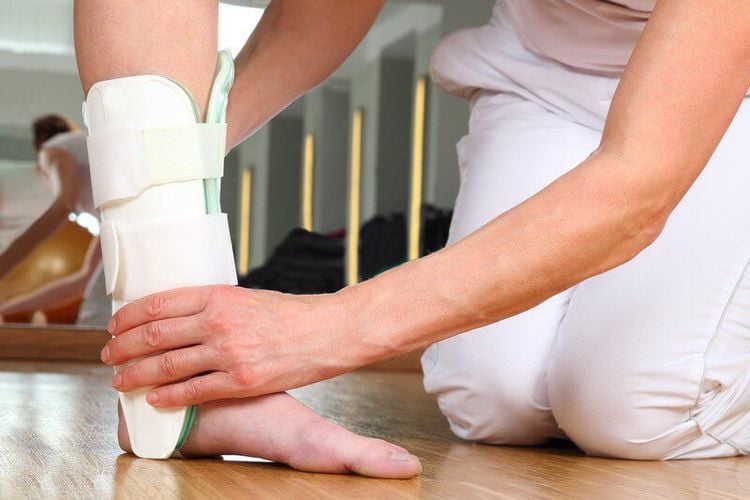
Chấn thương dây thần kinh mác do gãy xương cẳng chân
4. Diagnostic measures for peroneal nerve damage
Diagnosis of a case of peroneal nerve damage should be based on a combination of clinical and laboratory symptoms. Clinical manifestations when there is damage to the peroneal nerve are movement disorders, sensory abnormalities and nutritional disturbances in the distribution of the peroneal nerve from the outside of the lower leg to the instep of the foot and ankle. The paraclinical means to help diagnose the cause and determine the damage to the peroneal nerve, commonly used in clinical practice, include: X-ray of the shin bones, knee joints to help detect fractures and predict the degree of compression. pressure on the peroneal nerve. Magnetic resonance imaging of the spine helps to detect pathological conditions in the vertebrae and the corresponding spinal cord, or nerve root lesions, most commonly the L5 root. Electromyography detects disturbances in the conduction of neuromuscular signals in the extensor muscles of the feet or toes, which are innervated by the peroneal nerve.
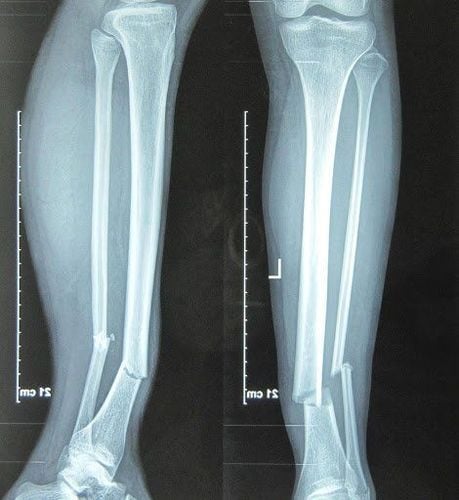
Xquang xương cẳng chân giúp chẩn đoán tổn thương thần kinh mác
5. Treatment of peroneal nerve
Treatment of the peroneal nerve needs to focus on two goals: Improve symptoms and address the cause. Since then, the principles of treatment of the peroneal nerve include:
Control pain symptoms Restore mobility of the legs, feet and ankles Restore the ability to perform movements and manipulations daily activities such as walking on flat surfaces, walking up and down stairs Stimulates restoration of peroneal nerve pathways Specific treatment addresses the cause if possible. Treatment methods for peroneal nerve are quite diverse and need to be coordinated, divided into two large groups: medical treatment with drugs and non-drug treatments. The doctor prescribes common anti-inflammatory pain relievers such as paracetamol, tramadol, NSAID group of drugs. These drugs should usually be used only for a short time when symptoms appear, not overused, especially when using NSAIDs in elderly patients with many underlying medical conditions. In addition, drugs that support the restoration of neurotransmitter activities such as B vitamins, neurotropic drugs such as uridine, cytidine. Patients and family members should not self-medicate or change the dose without consulting a specialist.
Damage to the peroneal nerve can also be supported by non-pharmacological methods from physical therapy such as
Infrared heat treatment, wax or heat field to help relieve pain. Acupuncture, combined with massage or hydro-acupuncture, electrolysis for pain relief Ultrasound, pulsed drug delivery to the injured area Pulse electrical stimulation restores neuromuscular transmission Activity passive motor exercises to improve vision move, gradually increase to exercises with resistance to help improve muscle strength. In addition, if the peroneal nerve is damaged and severed due to trauma, surgery will be the method applied to help connect the nerve. Then, before starting rehabilitation exercises, the patient should be immobilized in the lower leg for at least the first 3 weeks after the intervention.
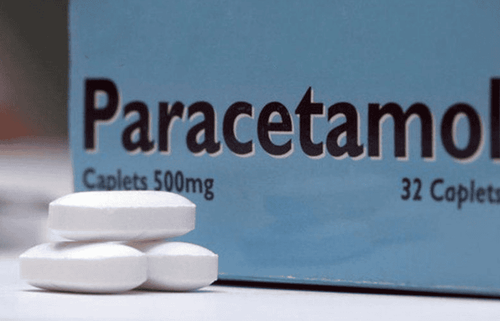
Sử dụng thuốc giảm đau trong điều trị dây thần kinh mác
6. Prophylaxis of peroneal nerve damage
The peroneal nerve is an important nerve in the lower extremities, so damage to the peroneal nerve should be prevented by the following measures:
Periodic health check-ups to promptly detect systemic diseases body causing nerve damage such as diabetes, neuroma, leprosy Always improve work safety, avoid injuries or work accidents, daily life accidents. Strictly follow labor safety regulations and wear protective gear while working. Establishing and maintaining a reasonable diet, supplementing with foods rich in vitamin B groups Exercise health by exercising regularly When experiencing related injuries from the knee joint to the foot Patients should not self-treat but need to go to medical facilities for examination and prevention of complications, including possible damage to the peroneal nerve. To register for examination and treatment at Vinmec International General Hospital, you can contact Vinmec Health System nationwide, or register online HERE
Recommended video:
Regular health check period at Vinmec: Protect yourself before it's too late!
MORE
Nerve pain and nerve damage Paralysis of the lower extremities due to spinal cord injury Nerve damage from chemotherapy





